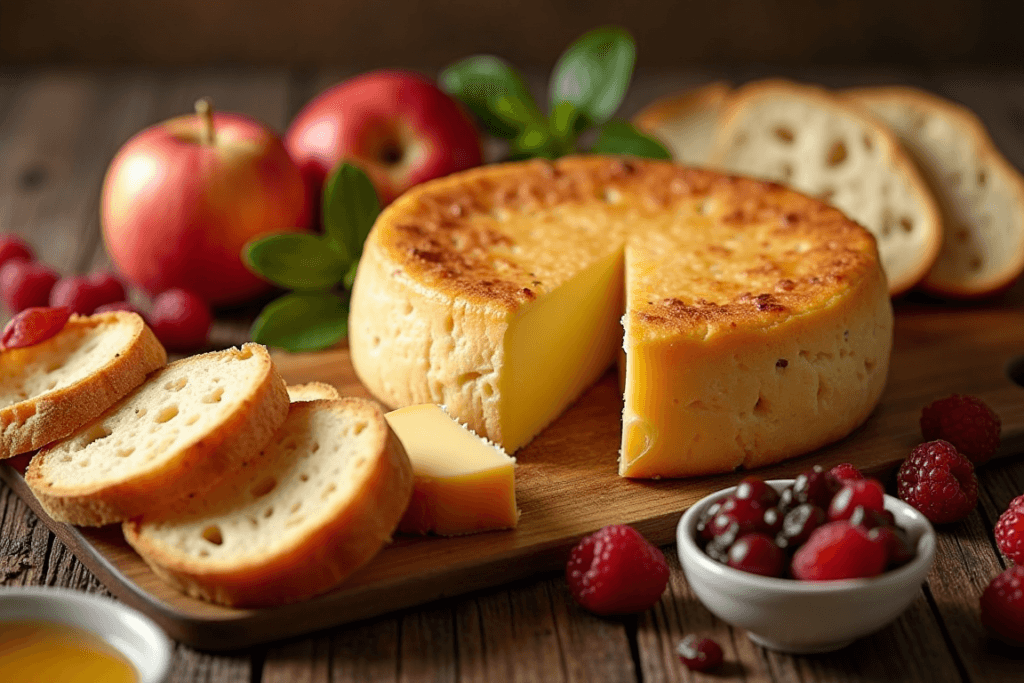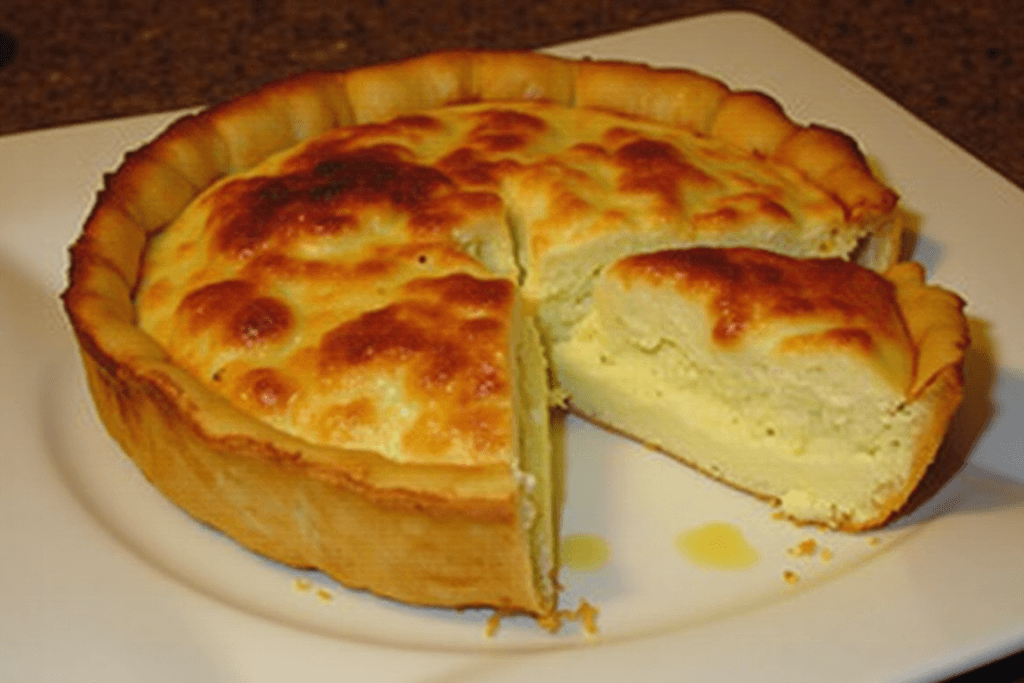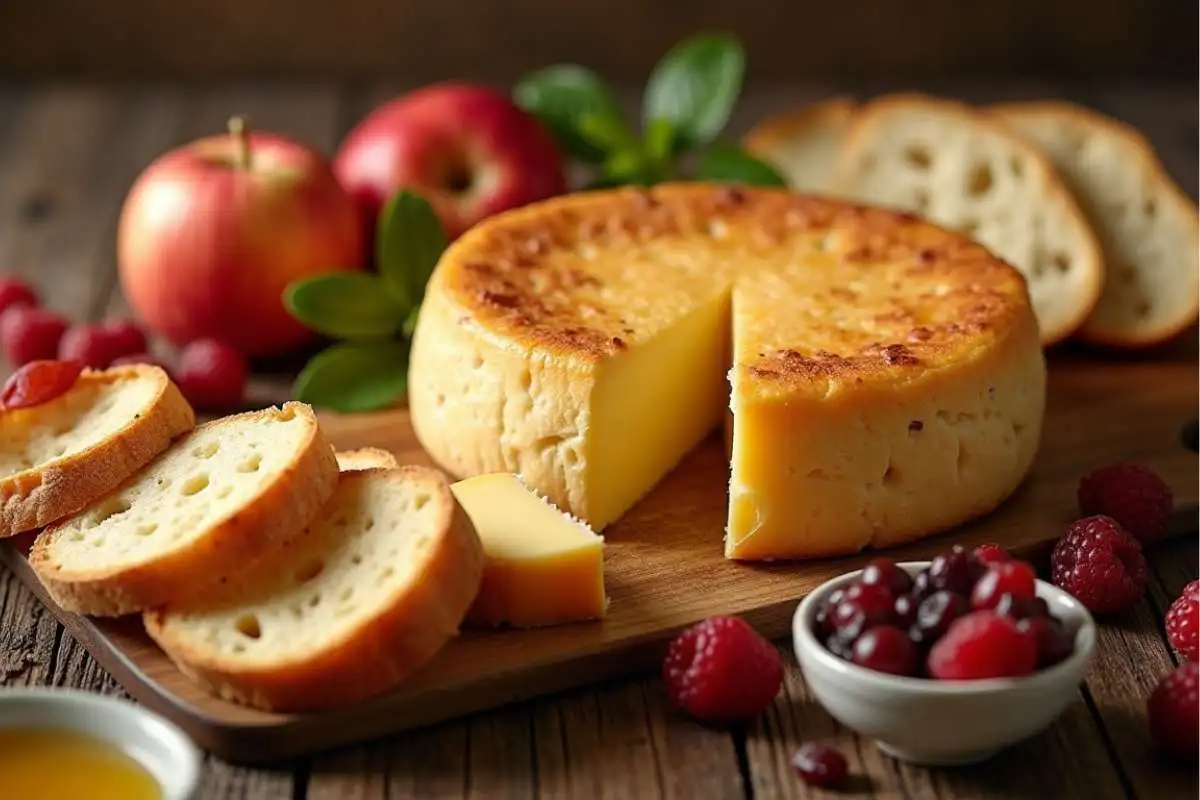Do you eat the skin on baked brie?
Introduction: Overview of Baked Brie
Baked brie has earned its place as a beloved appetizer at gatherings, dinner parties, and even casual get-togethers. This dish transforms the creamy French cheese into a molten, gooey delight, often wrapped in puff pastry or drizzled with sweet toppings like honey and nuts. But as you savor the warm, decadent cheese, a question often arises: do you eat the skin on baked brie? The answer is rooted in understanding the cheese itself, its preparation, and personal preference. Let’s dive deep into this culinary conundrum.

Understanding Brie
What is Brie?
Brie is a world-renowned soft French cheese that has earned the title of the “Queen of Cheeses.” It takes its name from the Brie region of France, where it first originated and gained its legendary status. Brie is typically made from cow’s milk, though some variations are crafted with goat’s milk, offering a slightly different flavor profile. This cheese is best recognized by its soft, creamy interior, which is delicately encased in a thin, white, velvety rind.
The hallmark of brie lies in its rich, buttery flavor that is both mild and slightly tangy, making it an incredibly versatile ingredient for pairing with wine, bread, and fruit. The cheese undergoes a maturing process that lasts several weeks, during which it develops its characteristic creamy texture and depth of flavor. Brie is not just one cheese but rather a family of cheeses, with notable varieties like Brie de Meaux and Brie de Melun. While each variety offers subtle differences in taste and aroma, they all share the common feature of having a white, edible rind that contributes to their unique character.
What is the Rind Made Of?
The rind of brie is much more than just a protective layer—it’s an integral part of the cheese that enhances its flavor and texture. This thin, white crust forms naturally during the aging process and is made of a mold called Penicillium candidum. Contrary to common misconceptions, the rind is entirely edible and plays a crucial role in defining brie’s personality.
The rind’s delicate velvety appearance isn’t just for aesthetics. It helps balance the cheese’s creamy and tangy interior by providing subtle earthy and mushroom-like notes. This thin layer acts as a natural barrier that protects the soft cheese from drying out and ensures it stays fresh while it ripens. Additionally, the rind helps regulate moisture within the cheese, which is essential for maintaining its signature creamy texture.
How is the Brie Rind Produced?
The creation of brie’s distinctive rind is a fascinating process that begins during the cheese’s aging phase. After the cheese curds are formed and shaped into rounds, the surface of the cheese is inoculated with Penicillium candidum. This mold is carefully introduced to the surface of the cheese, where it begins to bloom and grow over the course of several days.
As the mold develops, it forms a thin, velvety coat around the cheese. This coat is what we recognize as the rind. But its role goes far beyond appearances; it serves as an active participant in brie’s maturation. The mold on the rind produces enzymes that gradually break down the proteins and fats in the cheese. This enzymatic activity is responsible for softening the cheese from the outside in, creating its luxuriously smooth texture.
Without the rind, brie wouldn’t achieve its trademark creamy consistency or its intricate flavor profile. The rind influences the cheese’s taste by contributing subtle earthy and nutty undertones, which perfectly complement the buttery and tangy notes of the interior. The result is a balanced and harmonious flavor experience that has made brie a favorite among cheese enthusiasts around the world.
Additionally, the rind serves a practical function. It shields the cheese from external contaminants and helps retain its moisture, ensuring that the brie remains creamy and rich until it’s ready to be enjoyed. The meticulous care taken during this process highlights the craftsmanship involved in producing high-quality brie.
Expanding on its cultural significance
the production of brie is deeply rooted in French cheesemaking traditions. Each step of the process, from curdling the milk to aging the cheese, requires precision and expertise. The rind, with its velvety bloom, is a testament to the artisanal techniques passed down through generations of cheesemakers. It is this attention to detail that elevates brie from a simple cheese to a culinary masterpiece revered worldwide.
Whether enjoyed with crackers, paired with a crisp white wine, or melted into a savory dish, brie owes much of its appeal to the humble yet indispensable rind. Far from being an afterthought, the rind is a defining feature that makes this cheese a true classic in the world of gourmet food.
Taste and Texture

Texture of Baked Brie Rind
When baked, the rind of brie undergoes a subtle transformation. While the cheese interior becomes molten and gooey, the rind retains its structure, creating a thin, slightly chewy shell. Some describe the baked rind as having a papery or leathery texture, though this can vary depending on how long the cheese is baked.
For those who enjoy textural contrast in their food, the firmness of the rind paired with the creaminess of the melted cheese can be a delightful experience. However, others may find the rind’s texture less appealing, especially when compared to the smoothness of the cheese itself.
Flavor of the Rind
The flavor of brie rind is distinct yet mild. Before baking, it has an earthy, mushroom-like taste with a slightly tangy undertone. Once baked, the rind’s flavor softens, blending subtly with the cheese. For some, the rind’s taste adds depth and complexity to the dish. For others, it may taste slightly bitter or overly earthy. Ultimately, whether you enjoy the flavor of the rind is a matter of personal preference.
Health and Safety
Is the Rind Safe to Eat?
Yes, the rind on brie is completely safe to eat. Since it’s made of mold specifically cultivated for cheese production, there are no harmful health risks associated with consuming it. In fact, the rind is an integral part of brie, designed to enhance its flavor and texture.
However, individuals with mold allergies or sensitivities should exercise caution. While rare, it’s possible for the mold on the rind to trigger mild allergic reactions in some people. If you’re unsure, consult with a healthcare professional before indulging.
Nutritional Aspects of the Rind
Nutritionally, the rind of brie is similar to the cheese itself, though it doesn’t contribute significantly to the calorie or fat content. The rind is primarily composed of proteins and enzymes that help break down the cheese’s fats, making it softer and more digestible. While it’s not a nutritional powerhouse, eating the rind allows you to enjoy brie in its entirety, just as it was intended.
Culinary Practices
How the Rind Impacts Baking
The rind on brie serves a functional purpose during baking. It acts as a natural casing, preventing the cheese from oozing out as it melts. Without the rind, the brie would lose its structure, creating a messy, uneven bake.
When the cheese is baked with its rind intact, it achieves a perfect balance of textures: a crisp, golden crust on the outside (if wrapped in pastry), a firm yet chewy rind, and a molten, creamy interior. For those who choose to remove the rind before baking, extra care is required to contain the melted cheese, often by wrapping it in pastry or aluminum foil.
Eating Preferences
When it comes to eating the rind of baked brie, opinions are often divided. Many brie lovers appreciate the rind for its earthy flavor and structural integrity, while others prefer to scoop out the molten interior and leave the rind behind. This division often comes down to personal taste and cultural upbringing.
Some tips for enjoying baked brie:
- If you enjoy the rind: Embrace the full flavor of baked brie by slicing into it and eating both the melted interior and the rind together.
- If you prefer not to eat the rind: Use a knife or spoon to scoop out the creamy center, leaving the rind behind on your plate.
Cultural Perspectives
French Approach to Eating Brie
In France, the birthplace of brie, eating the rind is considered the norm. Brie is typically served as part of a cheese course, and the French rarely remove the rind, viewing it as an essential part of the cheese-eating experience. It’s worth noting that French brie lovers often consider discarding the rind a sign of culinary inexperience.
Global Perspectives
Outside of France, attitudes toward eating the rind of brie vary. In the United States and other Western countries, it’s more common for people to question whether the rind is edible. Some prefer to avoid it due to its texture or taste, while others, influenced by French culinary traditions, enjoy it wholeheartedly.
In cultures where soft cheeses are less common, there may be a tendency to remove the rind out of unfamiliarity or concern about its safety. However, as brie becomes more popular globally, more people are learning to appreciate the rind as an integral part of the cheese.
FAQs: Common Questions About Brie Rind
- Is the rind bitter?
The rind can have a slightly earthy or tangy taste, but it shouldn’t be overly bitter. The flavor mellows when the cheese is baked. - Can I remove the rind before baking?
Yes, you can remove the rind before baking, but doing so may cause the cheese to lose its structure. If you prefer rind-free baked brie, consider wrapping it in puff pastry or foil to contain the melted cheese. - How do I remove the rind if I don’t want to eat it?
To remove the rind, refrigerate the cheese to firm it up, then use a sharp knife to gently trim the outer layer. This is easier to do with cold brie rather than baked brie. - Does everyone eat the rind?
No, not everyone eats the rind. It’s a matter of personal taste. Some people love the added flavor and texture, while others prefer the creamy interior without the rind. - What if I don’t like the rind?
If you don’t like the rind, you can simply scoop out the cheese’s creamy center. Baked brie is still delicious without the rind!
Practical Tips
How to Serve Baked Brie
To serve baked brie, consider whether your guests will want to eat the rind or avoid it. Here are some options:
- With rind intact: Serve the baked brie as-is, allowing guests to slice into it and enjoy the molten cheese with or without the rind.
- Without rind: If you choose to remove the rind before baking, wrap the brie in puff pastry or place it in a small baking dish to prevent the cheese from spreading.
Serving suggestions:
- Top the brie with honey, chopped nuts, or fruit preserves for added sweetness.
- Serve alongside crusty bread, crackers, or sliced apples for dipping.
Pairings with Baked Brie
The rich, creamy flavor of baked brie pairs beautifully with a variety of foods and beverages. Here are some popular pairings:
- Fruits: Fresh grapes, figs, or sliced pears complement the cheese’s buttery flavor.
- Nuts: Walnuts, almonds, or pecans add a satisfying crunch.
- Wine: Pair brie with a light, fruity wine like Pinot Noir or a sparkling option like Champagne.
- Bread: Serve with a crusty baguette, sourdough slices, or herbed crackers.
Baked brie is a versatile dish that can be adapted to suit a variety of preferences and dietary needs. For example, if you’re looking for a fun twist on cheese-based appetizers, consider checking out Gastrodish’s crab brûlée recipe for inspiration.
When serving baked brie to kids, you can get creative by pairing it with sweet accompaniments like honey or fruit preserves, making it a family-friendly option.
Learn more about baked brie for kids for tips on how to make it appealing for younger palates. Additionally, for those wondering about the health benefits, brie cheese is packed with protein and calcium, but it’s important to enjoy it in moderation. If you’re curious about its nutritional value, Is baked brie good for you? offers valuable insights into how it can fit into a healthy diet.
Conclusion: Final Thoughts on Eating Brie Rind
The question of whether to eat the rind on baked brie ultimately comes down to personal preference. The rind is completely edible and contributes to the cheese’s flavor, texture, and integrity, particularly when baked. For those who enjoy its earthy taste and chewy texture, the rind enhances the overall brie experience. For others who prefer the creamy interior, the rind can be easily avoided without sacrificing enjoyment.
Ultimately, whether you choose to eat the rind or not, baked brie is a versatile and delicious dish that can be adapted to suit every palate. So the next time you’re faced with this creamy delight, dig in and decide for yourself—rind or no rind!

